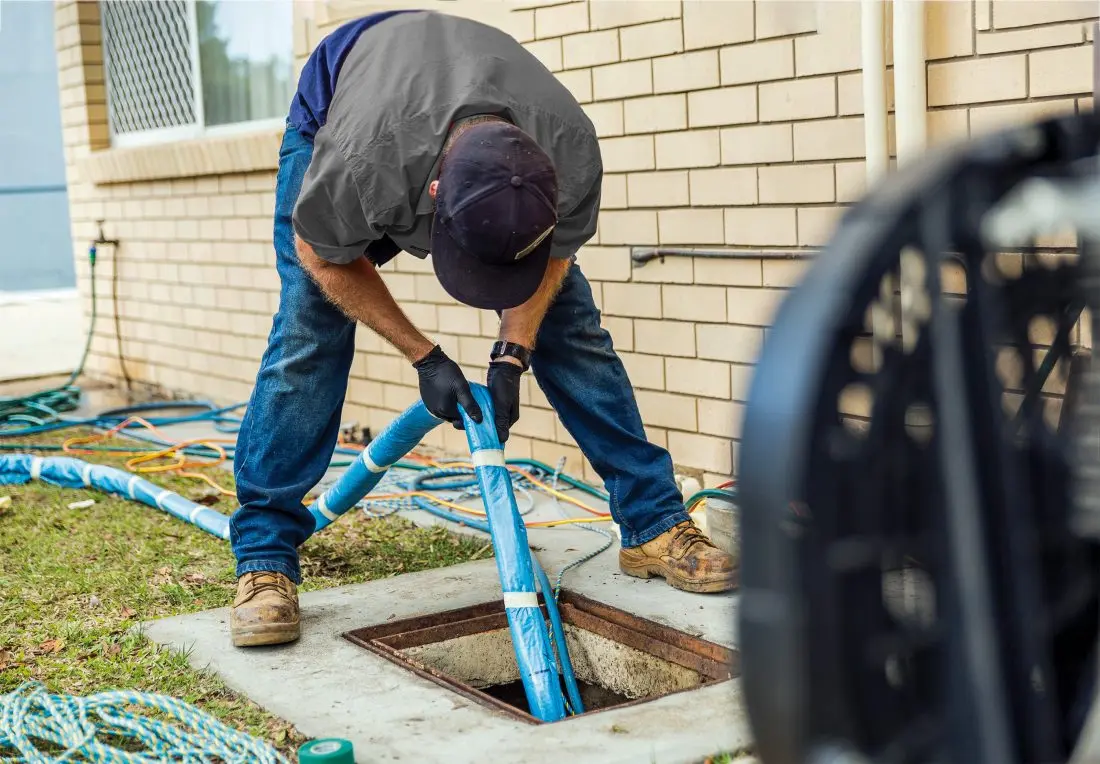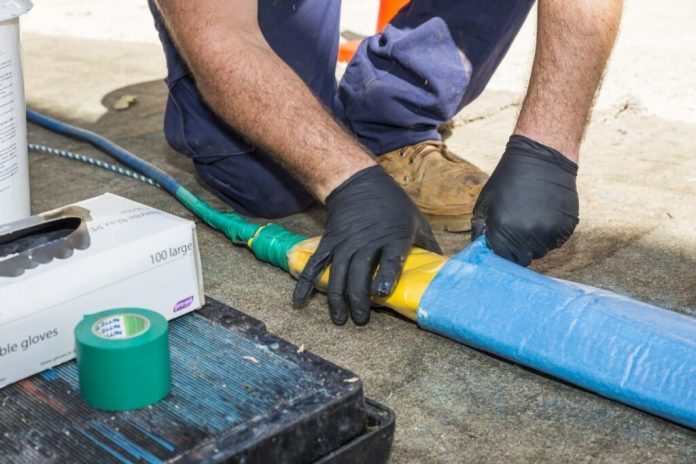Internal stormwater pipes are essential to any property, as they help prevent water damage and protect the building from flooding. However, these pipes can become damaged, blocked or corroded over time, leading to many problems. To address these issues and protect your property, it is essential to carry out regular maintenance on your internal stormwater pipes, including Drain Pipe Relining .
Relining is a process that involves inserting a new, durable liner into the existing pipe. This liner is made from a high-density polyethene material that is flexible, strong, and resistant to corrosion, making it an ideal solution for repairing and restoring the function of your internal stormwater pipes.
Several pipe relining methods are available, each with its own benefits and drawbacks. The most common methods include Cured-In-Place Pipe (CIPP), slip lining, and spray-on liner systems. The best way for your property will depend on a range of factors, including the type of pipes, the pipes’ location, and the damage’s extent.
When choosing a company to carry out the relining of your internal stormwater pipes, selecting one with a proven track record and who is experienced in providing high-quality services is essential. Only professionals can handle all piping issues and help in drain leak detection. Additionally, you should look for a company that uses the latest and most advanced relining methods and equipment and is fully insured and accredited.
Overall, relining internal stormwater pipes is essential to maintaining your property’s health and safety. By investing in regular maintenance, you can ensure that your pipes are in good condition and protect your home from water damage and other problems.
The Importance of Maintaining Internal Stormwater Pipes
Maintaining internal stormwater pipes is crucial for ensuring efficient and effective stormwater flow in a building or property. Neglecting to keep these pipes can result in various problems, including blockages, corrosion, and leaks.
Blocked stormwater pipes can cause water to back up and overflow, potentially leading to flooding and water damage. In severe cases, the excess water pressure can cause pipes to burst, resulting in even more damage and a costly repair bill.
Corrosion can also cause significant problems, weakening the pipes and making them more susceptible to leaks and burst. This can also result in discolouration of the water and affect its quality, potentially leading to health problems for those using it.
It is essential to regularly maintain internal stormwater pipes by conducting inspections, cleaning the pipes, and making any necessary repairs or replacements to prevent these issues. This will help to ensure that the pipes are functioning correctly, reducing the risk of damage and ensuring that stormwater is efficiently and effectively managed.

The importance of maintaining internal stormwater pipes cannot be overstated. Property owners can protect their buildings and the environment by taking the necessary steps to keep these pipes in good condition and ensure that stormwater is managed responsibly and effectively.
3 Pipe Relining Methods to Repair Blocked Internal Stormwater Pipes
Cured-in-Place Pipe (CIPP) Relining:
CIPP relining involves the installation of a resin-impregnated liner within the existing pipe. The liner is cured in place using heat or UV light, creating a seamless, durable new pipe within the old one. This method effectively repairs a wide range of pipe damage, including cracks, leaks, and corrosion.
Pull-in-Place Pipe Relining:
This method involves pulling a new liner into the pipe using a winch. The liner is then inflated to create a tight fit, sealing any cracks or leaks and restoring the pipe’s integrity. This method is well-suited for pipes with long, straight runs and is particularly effective for repairing large-diameter pipes.
Sprayed-in-Place Pipe Relining:
This method involves spraying a special resin onto the interior of the existing pipe, effectively sealing any cracks or leaks and creating a new, seamless pipe within the old one. This method is well-suited for complex geometries and particularly effective for repairing pipes with tight curves or angles.
These are the three most common pipe relining methods to repair blocked internal stormwater pipes. The best way for your property will depend on factors like the size, shape, and location of your pipes, as well as the type and extent of the damage. By working with an experienced pipe relining company, you can be confident that the best method will be used to repair your Drain Leak Detection and restore their functionality.



